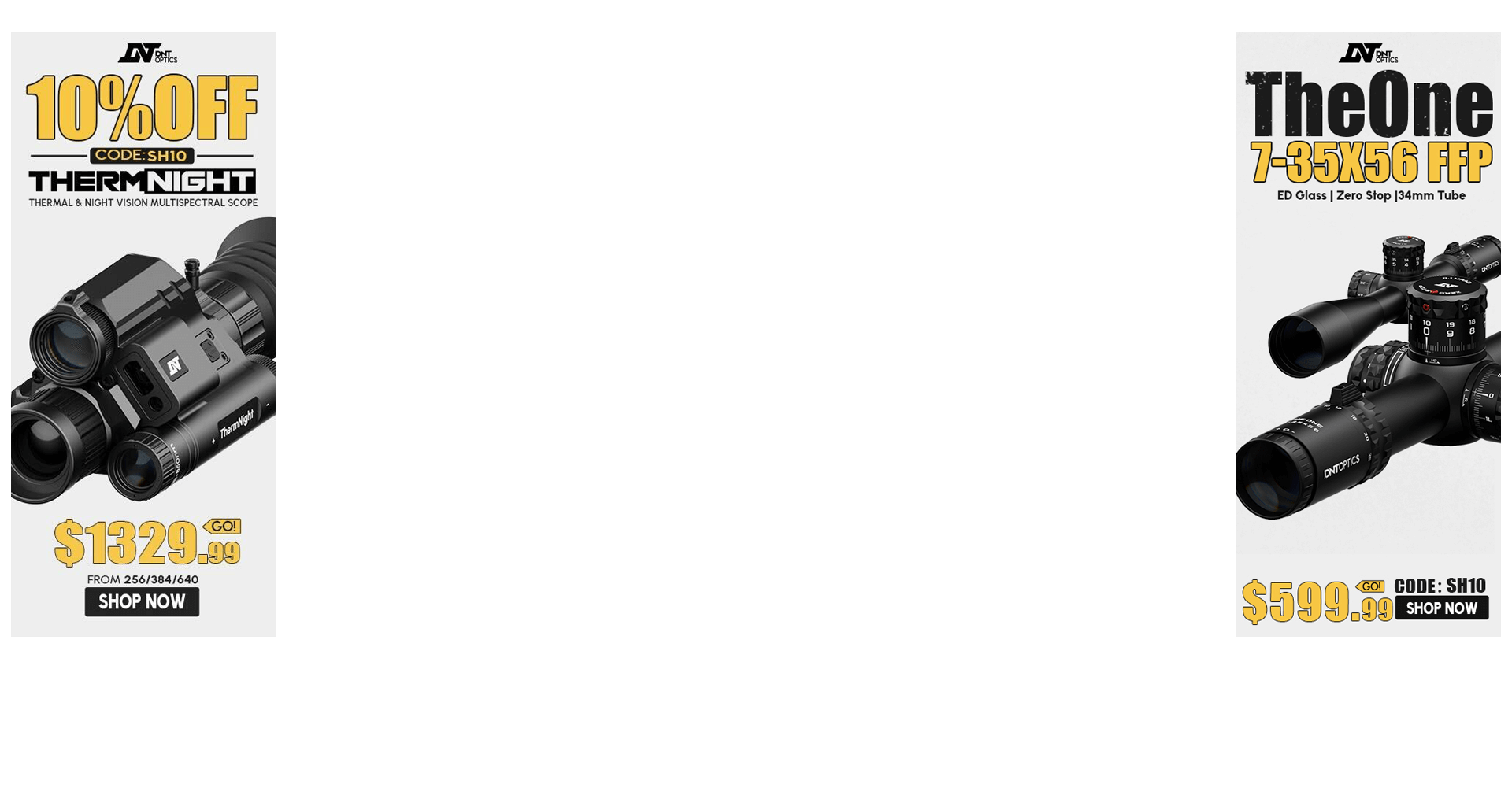While there's no way I'd talk anyone down from using a dedicated FL die > dedicated Mandrel die...
Couple things: are you using the expander ball? And, do you anneal every firing?
The Forster FL dies probably have the least obnoxious expander ball design of almost anybody out there, pretty unobtrusive actually, doesn't try to rip the shoulder off on the way up like pretty much everyone else's. Their stock expander balls are supposed to be -.001 under bullet OD.
Unique to their design, supposedly they expand the neck while the case is still in the "bushing area" neck-zone. I've actually been meaning to check one out.
If you anneal every firing, that should give you a case mouth ID of .307. It's not the same as a true mandrel, but it's not bad for at least figuring out what's going on, and it's supposed to be .307" unless someone turned down or ordered a custom expander ball to drop in it before you took possession (Forester does custom expander balls too, or anyone can turn one down if they chuck one up in a drill and have a Scotch-brite pad kicking around). Theoretically, if one wanted ".002 neck tension" with zero guessing while working their brass the least, one could measure their brass neck thickness, order a custom honed die and an expander ball at -.002" under bullet OD and have their .002 neck tension setting.
I've found that on annealed brass, a cleverly designed "expander ball" actually works about as well as a dedicated mandrel die. I've been using a Mighty Armory lately, and while they call it a "mandrel" in their FL dies, it's really just a fancy expander too (just less of a ball).
The Mighty Armory's is a lot more rigid, so it probably deflects less and acts more like a mandrel than than the Forster, but the Forster does the same type of thing: expands without fucking the shoulder up. On malleable annealed brass, being less stiff may not be such a big deal anyways, some may actually prefer it (one man's deflection, is another man's "float" after all...). Also, since the Forster is supposedly doing the dirty while the neck is still in the upper die walls, it probably doesn't allow for the expander to pull the neck and shoulder as wonky.
Since you've got the Ballistic Tools gauges, I'm guessing you're annealing every time, and in that case, at least you've got something to try without ordering anything, just measure the expander ball OD, and if it's .307" like it's supposed to be and you are using the expander ball and getting a .305" neck ID, something else is up, thick brass maybe?..? Might need this:
https://www.forsterproducts.com/product/oversize-e-z-out-die-expander-balls/
If you are not annealing every firing, then IMHO you are playing the "spring-back" guessing game. That's defiantly the hard way, trial and error that you'll have to repeat like Groundhog Day every time you get a new/different batch of brass going

. I don't say that to be a dick, I just think discussing neck tension without mentioning annealing is dumb.

